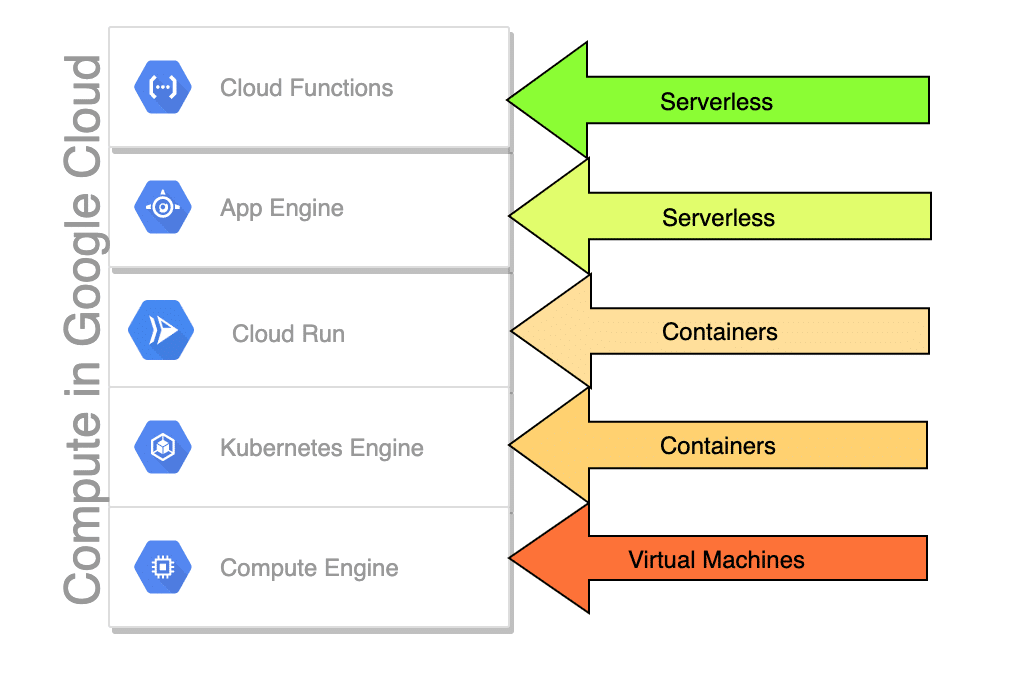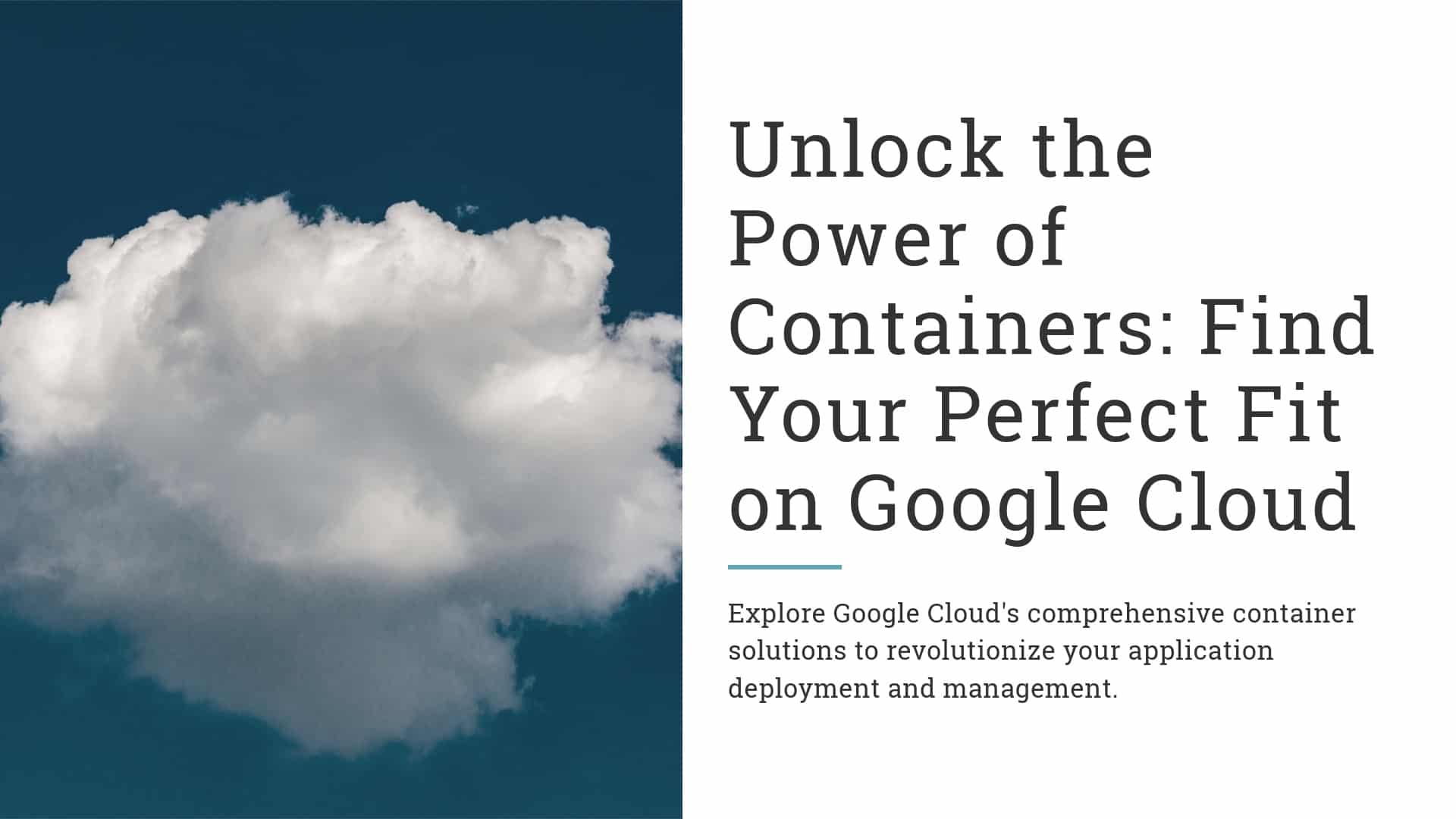Brief History of Kubernetes
Kubernetes, a powerful platform for orchestrating containerized applications, was initially developed by Google. The project took inspiration from Google’s internal container management system, Borg, which was designed to manage the company’s vast infrastructure needs.
Recognizing the broader industry need for efficient container management, Google released Kubernetes as an open-source project in 2014. Shortly afterward, the Cloud Native Computing Foundation (CNCF) was founded to oversee its ongoing development and adoption, fostering a collaborative community that continues to drive Kubernetes forward.
Overview of Kubernetes as an Orchestration Platform
Kubernetes is an open-source platform designed to simplify the deployment, scaling, and operation of containerized applications across clusters of machines. As containers have become the standard in modern application development due to their portability and efficiency, Kubernetes addresses the need to manage them effectively in complex, distributed environments.
Key Insight
By using a desired state model, Kubernetes allows developers to define what the system should look like, and then works continuously to maintain that state. This includes self-healing capabilities, load balancing, and automatic scaling.
Kubernetes has become essential for cloud-native architectures, supporting the reliable deployment of scalable and resilient applications across diverse infrastructures.
What is Google Kubernetes Engine (GKE)?
Introduction to GKE as Google Cloud’s Managed Kubernetes Service
Google Kubernetes Engine (GKE) is Google Cloud’s fully managed Kubernetes service, created to simplify the often complex setup and management of Kubernetes. By handling many of the operational aspects, such as provisioning and maintaining clusters, GKE makes it easier to adopt Kubernetes without having to manage every detail of the infrastructure.
In GKE, GKE Autopilot mode further abstracts infrastructure management, making Kubernetes even more accessible. With Autopilot, Google configures and optimizes clusters on your behalf, allowing you to focus on application workloads rather than nodes, networking, or scaling.
Comparison with Self-Hosted Kubernetes
GKE provides several key advantages over a self-hosted Kubernetes setup:
- Automated Scaling: GKE’s Cluster Autoscaler and Vertical Pod Autoscaler automatically adjust resource allocations based on real-time demand
- Automated Upgrades and Security Patching: GKE automates Kubernetes version upgrades and applies security patches to keep your environment secure and stable
- Deep Integration with Google Cloud Services: GKE offers seamless integration with other Google Cloud services, such as Cloud Operations for monitoring and logging
Benefits of Migrating to GKE
Scalability and Resource Management
Scalability is one of the key promises of cloud computing, and Kubernetes, along with Google Kubernetes Engine (GKE), provides powerful tools to meet this promise. Applications often experience fluctuating demands—sometimes planned, like during product launches, and other times unpredictable, such as viral surges in usage.
GKE Auto-Scaling Benefits
85% improvement in auto-scaling capabilities, 70% better Spot VM utilization, and up to 30% total cost savings compared to traditional infrastructure.
Cost Optimization
GKE offers several features designed to help teams balance performance and cost-efficiency:
- Pay-as-You-Go Pricing: GKE’s pay-as-you-go model ensures that you’re billed only for the compute and storage resources your applications actually use
- Spot VMs: For applications that don’t require constant uptime, GKE supports Spot VMs, which offer a significant discount compared to standard virtual machines
- Auto-Scaling for Cost Efficiency: GKE’s auto-scaling features allow applications to scale in response to actual demand, helping teams avoid paying for unused resources
Core Kubernetes Concepts
Pods: The Smallest Deployable Units
In Kubernetes, the fundamental unit of deployment is the pod. While containers hold the applications themselves, pods are the smallest deployable units in Kubernetes, providing an abstraction layer over the container. A pod wraps one or more containers and manages them as a single unit.
Services: Connecting and Managing Network Access
In Kubernetes, services provide a stable networking endpoint for applications, allowing containers within pods to communicate with one another and, if necessary, with external clients. Unlike pods, which are ephemeral and can be terminated or recreated by Kubernetes at any time, services offer a consistent way to access an application.
Deployments: Ensuring Desired State and Scaling
In Kubernetes, deployments are the primary tool for managing the lifecycle of applications, allowing developers to define, update, and scale their applications consistently and reliably. Deployments provide a declarative way to specify the desired state of an application, including the number of replicas that should be running at any time.
Getting Started with GKE: Console and CLI Basics
The Google Kubernetes Engine (GKE) console is a user-friendly interface in the Google Cloud Console that simplifies managing and monitoring Kubernetes clusters. It provides a centralized view where users can create clusters, manage nodes, monitor workloads, and adjust configurations without needing to dive into the command line.
Pro Tip
For command-line management, use gcloud CLI and kubectl commands to interact with GKE clusters programmatically. Essential commands include kubectl get, kubectl describe, and kubectl apply for managing resources.
Key Steps to Create Your First GKE Cluster
- Navigate to the GKE Console: Open the Google Cloud Console and select Kubernetes Engine from the main navigation menu
- Select Cluster Mode: Choose between Standard and Autopilot modes based on your management preferences
- Configure Basic Settings: Enter a cluster name and choose location type (zonal or regional)
- Select Node Pools and Machine Types: Configure node groups with appropriate machine types for your workloads
- Enable Auto-Scaling: Enable Cluster Autoscaler for dynamic resource management
- Review and Create: Review settings and initiate cluster creation
Elevate Your IT Efficiency with Expert Solutions
Transform Your Technology, Propel Your Business
Ready to harness the power of Kubernetes for your organization? Whether you’re just beginning with containerization or looking to optimize your existing Kubernetes infrastructure, InventiveHQ provides the expertise and support you need to successfully deploy, manage, and scale your applications with confidence.



